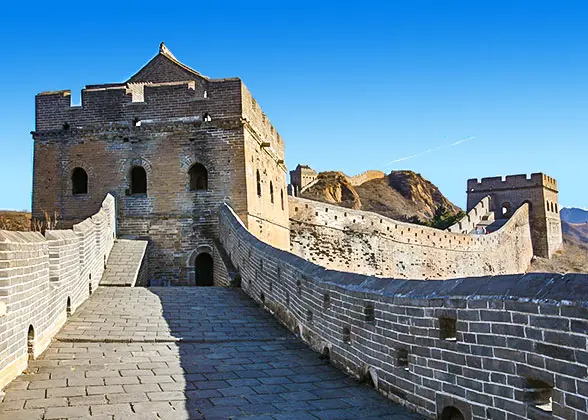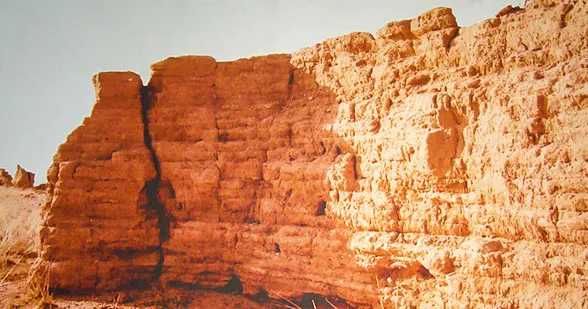Passes : Passes are the most massive defense beachheads on the wall, often located in places of military importance which are favorable for defense. They are often composed of square walls, gates, gate towers, and moats.
 Beacon towers : Beacon towers were used for passing military messages. They were often built on the tops of the mountains or rises for convenience in watching the enemies’ movements. Due to its unique function, it is regarded as the oldest effective telegraph system in Chinese history.
Beacon towers : Beacon towers were used for passing military messages. They were often built on the tops of the mountains or rises for convenience in watching the enemies’ movements. Due to its unique function, it is regarded as the oldest effective telegraph system in Chinese history. Walls : Walls are the main part of the construction, averaging about 26.6 feet tall. They serve as the important nexus connecting the passes, beacon towers, watch towers and other military structures together, thus allowing the dragon to fly freely over the vast land of northern China.
Walls : Walls are the main part of the construction, averaging about 26.6 feet tall. They serve as the important nexus connecting the passes, beacon towers, watch towers and other military structures together, thus allowing the dragon to fly freely over the vast land of northern China.
0 comments:
Post a Comment